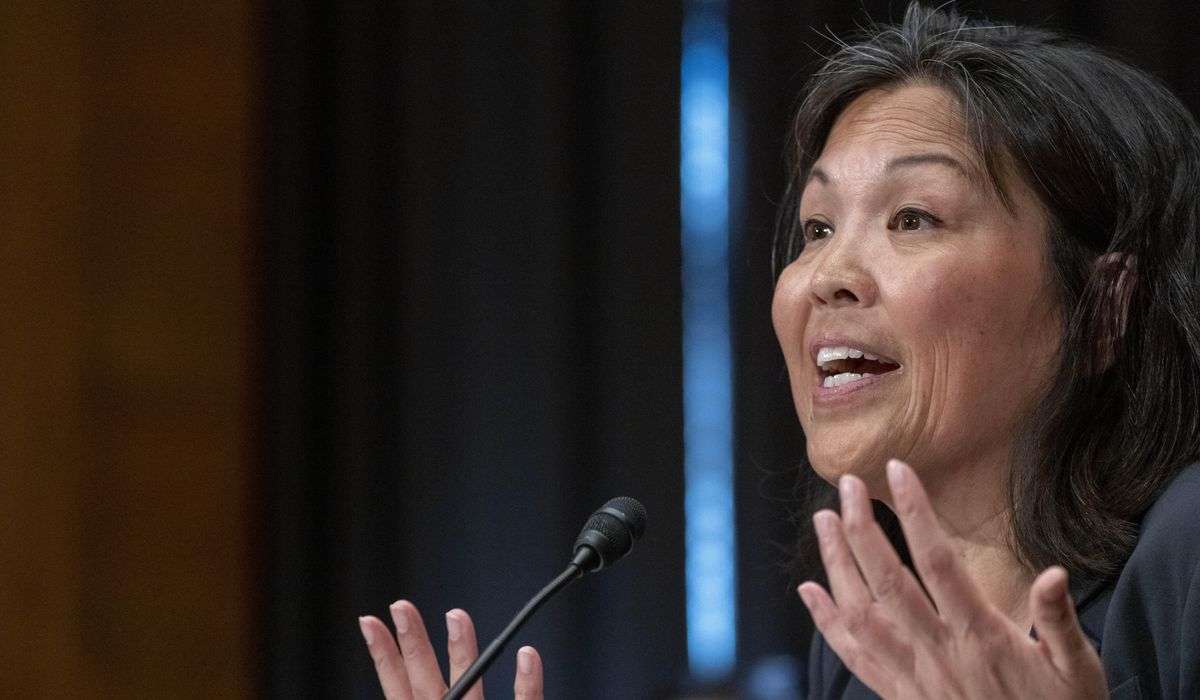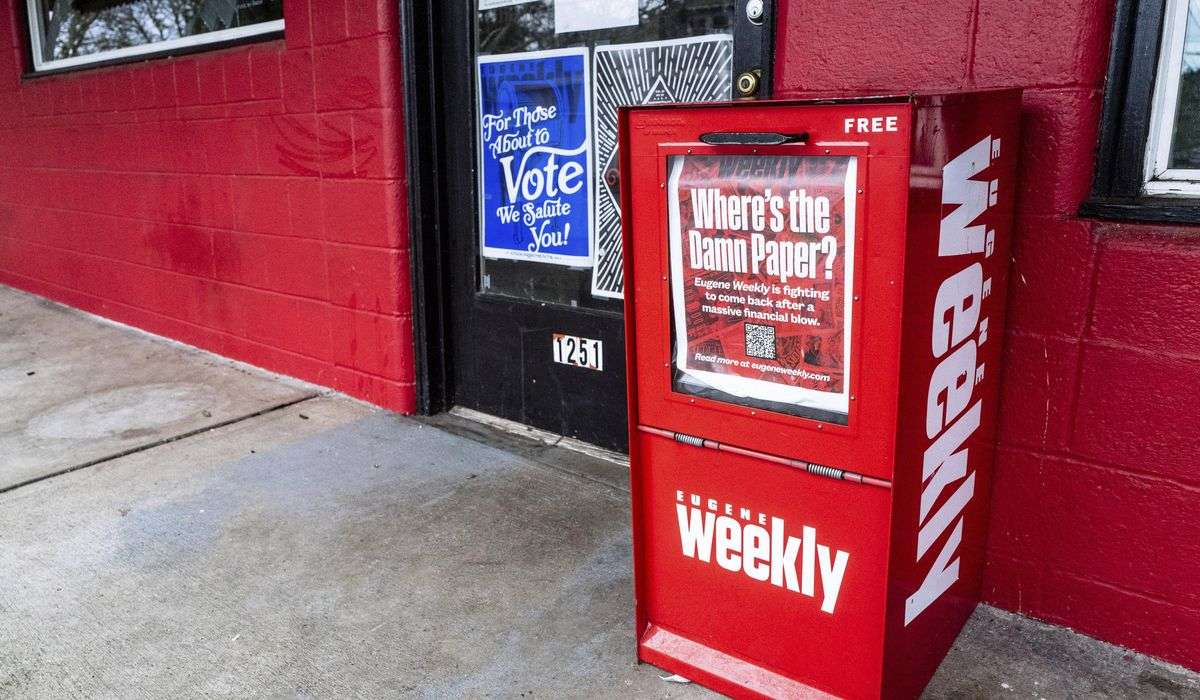Mortgage rates spike to highest levels in nearly two months

Freddie Mac, the federally chartered mortgage investor, aggregates rates from about 80 lenders nationwide to come up with weekly national average mortgage rates. It uses rates for high-quality borrowers with strong credit scores and large down payments. These rates are not available to every borrower.
Because the survey is based on home purchase mortgages, rates for refinances may be different. This is especially true because the price adjustment for refinance transactions took effect in December. The adjustment is 0.5 percent of the loan amount (e.g., it is $1,500 on a $300,000 loan) and applies to all Fannie Mae and Freddie Mac refinances.
The 15-year fixed-rate average also moved higher, to 2.23 percent with an average 0.7 point. It was 2.16 percent a week ago and 3.09 percent a year ago. The five-year adjustable rate average grew to 3.12 percent with an average 0.4 point. It was 2.75 percent a week ago and 3.39 percent a year ago.
“Mortgage rates headed higher this week, continuing the strong upward trend that followed last week’s election results” in the Georgia Senate race, said Matthew Speakman, a Zillow economist. “The upward movements over the past couple weeks were a long-awaited deviation from the glacial, downward trend that rates have followed for the past few months. Rates have risen in the past week at their fastest pace since the spring and recently touched their highest level since mid-November.”
Until it fell back Wednesday, the 10-year Treasury yield had been on a steady climb as fears of rising inflation pushed long-term bond yields higher. By Tuesday, the yield had reached 1.15 percent, the highest it has been since March. But then it retreated to 1.1 percent on Wednesday on weakened inflation concerns. Mortgage rates typically follow the same path as the 10-year Treasury yield but have done so less lately.
“After several days of the sharpest increases in rates in months, Treasury and MBS markets should calm,” said Dick Lepre, senior loan officer at RPM Mortgage. “One-party control of D.C. triggered belief that fiscal stimulus would increase and lead to inflation. Once we have a new occupant in the White House, the discussion is likely to turn to tax increases to address the deficit. Markets will then ponder the effects of those and volatility will increase as uncertainty increases. The next six months will be trying.”
Bankrate.com, which puts out a weekly mortgage rate trend index, found that nearly half the experts it surveyed predicted rates will rise in the coming week. More than a third expected them to fall. Elizabeth Rose, sales manager at AmCap Mortgage in Dallas, anticipates rates will move higher.
“Inflation concerns and added supply are weighing heavily on the bond market, setting the stage for higher rates,” she said. “Inflation is the enemy of mortgage bonds and added supply doesn’t help matters any.”
Meanwhile, the dip in mortgage rates to start the year caused applications to soar last week to their highest level in 10 months. According to the latest data from the Mortgage Bankers Association, the market composite index — a measure of total loan application volume — increased 16.7 percent from a week earlier to its highest level since March. The purchase index climbed 8 percent from the previous week and was 10 percent higher than a year ago. The refinance index jumped 20 percent and was 93 percent higher than a year ago. The refinance share of mortgage activity accounted for 74.8 percent of applications.
“The mortgage market got off to a fast start in the first full week of 2021, with both applications to refinance and buy a home solidly increasing on a weekly and annual basis,” said Bob Broeksmit, MBA president and chief executive. “With mortgage rates well below 3 percent but expected to rise slowly this year, many homeowners are acting now. Refinancing … represented three-quarters of all applications.”
The MBA also released its mortgage credit availability index (MCAI) that showed credit availability decreased in December. The MCAI slid 0.1 percent to 122.1 last month. A decrease in the MCAI indicates lending standards are tightening, while an increase signals they are loosening.
“Credit availability in December remained essentially unchanged, with an increase in government credit offset by a decrease in conventional credit,” Joel Kan, an MBA economist, said in a statement. “The decline in conventional credit availability was the first in three months and was driven by fewer ARM offerings. ARM loans have increasingly seen a smaller share of the market, given the historically low rates for fixed-rate mortgages. Availability for government loans and jumbo loans [has] increased for four months and three months in a row, respectively.”






